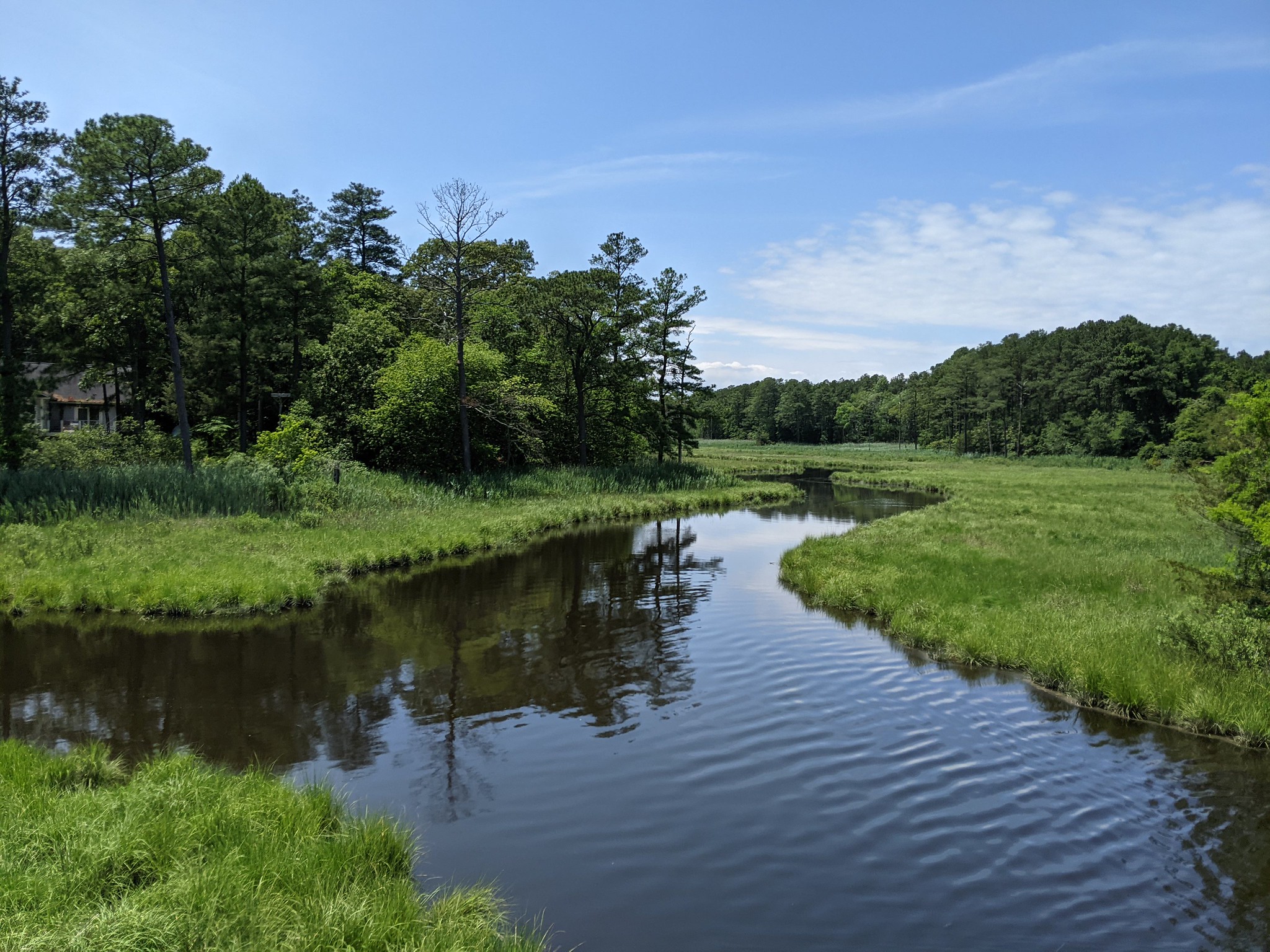The state regulates activities in tidal wetlands and in tidal and non-tidal waters in the State of Delaware.

Wetlands in Delaware are regulated under the Delaware Wetland Regulations (7 DE Admin. Code 7502), the Regulations Governing the Use of Subaqueous Lands (7 DE Admin. Code 7504) and the Delaware Marina Regulations (7 DE Admin. Code 7501).
Delaware regulates all of its tidal wetlands as well as those non-tidal wetlands that include 400 or more contiguous acres under the Delaware Wetlands Act (7 Del. Code, Chapter 66) and the state’s Wetlands Regulations (7 DE Admin. Code 7502).
“State-regulated” wetlands protected by law are defined as “those lands lying at or below two feet above local mean high water which support or are capable of supporting” certain plant species that are listed in the law and regulations.
The location of these State-regulated wetlands can be found on a set of official State Wetland Maps that were adopted as part of the Regulations. These maps can be downloaded from the State-Regulated Wetland Map Index.
The types of activities in these wetlands that are regulated (i.e. that require a permit from DNREC) include dredging, draining, filling, construction of any kind, bulkheading, mining, drilling and excavation.
Delaware regulates all tidal waters (up to the mean high water line) as well as all non-tidal rivers, streams, lakes, ponds, bays, and inlets (up to the ordinary high water line) under the Subaqueous Lands Act (7 Del. Code, Chapter 72) and the Regulations Governing the Use of Subaqueous Lands (7 DE Admin. Code 7504).
Delaware’s jurisdiction in non-tidal streams typically includes perennial (always wet) and intermittent (seasonally wet) watercourses. Many of the ditches found in Delaware are really streams that have been relocated, straightened, enlarged or otherwise modified by humans at some point over the past 200 years. Those ditches that were historically streams are also typically regulated by DNREC.
Activities in ephemeral channels (wet for only a short period of time after a rain event), roadside ditches, lateral or grid ditches in agricultural fields, and isolated ponds that are not connected to other surface waters, are not regulated under the Subaqueous Lands Act.
The activities regulated in these waters include the placement of any structure in, on, over or under subaqueous lands (including docks, piers, buoys, ramps, dolphins, pilings, dams, culverts, bridges, etc.), as well as the laying of any pipeline or utility line (electric, telephone, fiber optic, water, sewer, gas, etc.), bank or channel stabilization structures (rock veins, grade controls, rip-rap, groins, gabions, breakwaters, bulkheads, biologs/vegetation), any dredging, filling, excavating or extracting of materials, or establishing an anchorage for mooring more than two vessels.
Delaware law requires a state permit before conducting certain activities in tidal wetlands, as well as tidal and non-tidal waters within the State.
Failure to obtain such a permit, or failure to comply with any of the permit conditions, may be punished by civil and criminal penalties ranging from $500 to $5,000 per day, as well as the costs of removing illegal structures and/or restoring affected wetlands.
Related Topics: clean water, permitting and regulation, subaqueous, subaqueous lands, water, waterways, wetlands